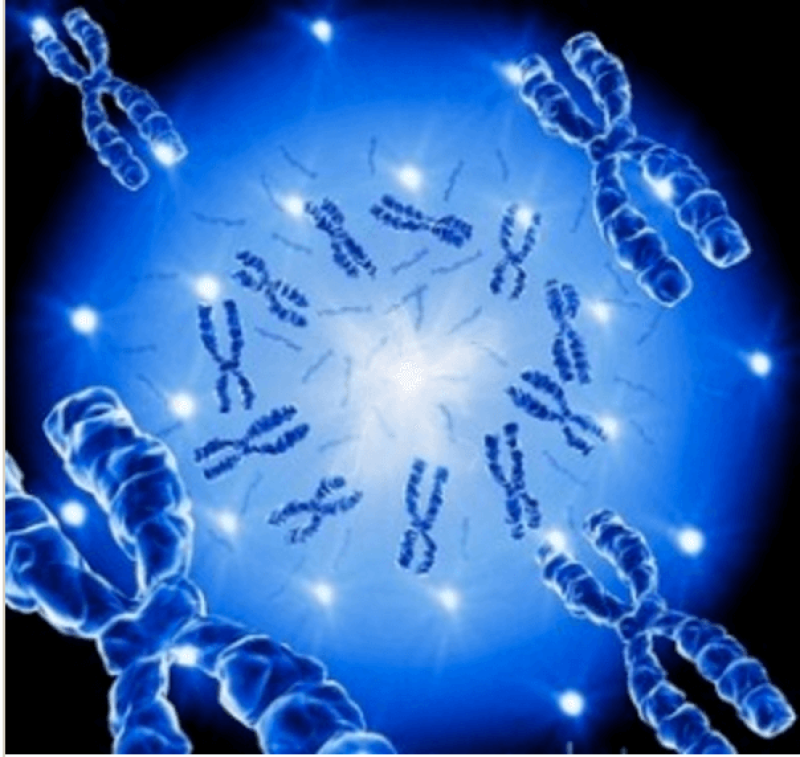Now more affordable than ever, [gene sequencing] is making headway in diagnosing rare diseases, giving patients answers to medical mysteries that in some cases have dragged on for years.
But James Evans…urges caution…[T]here is still great uncertainty about how to interpret the meaning of small blips in vast stretches of genetic code.
…
Sequencing is particularly valuable in the diagnosis of genetic forms of vision loss, neurodevelopmental delays, and cases of acute illness in children. Success rates are also higher when both of a patient’s parents are sequenced, ranging from 40% to nearly 75%.
…
“Genome-scale sequencing has offered a truly tremendous leap in our ability to diagnose diseases that have at their root a genetic cause,” Evans says.
…
Turning diagnoses into treatments remains a work in progress, however. Most patients who get answers find themselves in a state of limbo with a new-found disease that nobody knows how to treat or cure. Nevertheless, many patients say it still brings them a degree of peace, especially after years spent bouncing from doctor to doctor.
The GLP aggregated and excerpted this blog/article to reflect the diversity of news, opinion and analysis. Read full, original post: Diagnosis: A clear answer
































